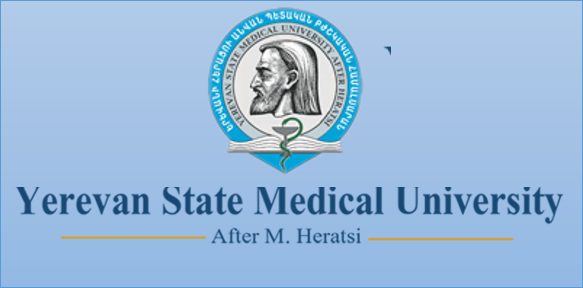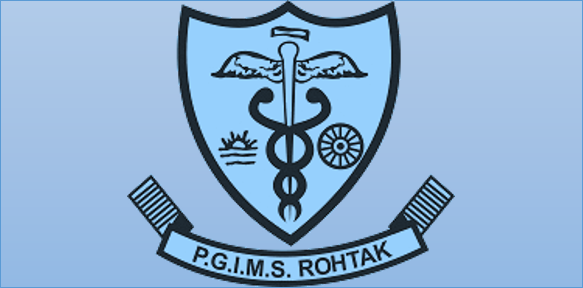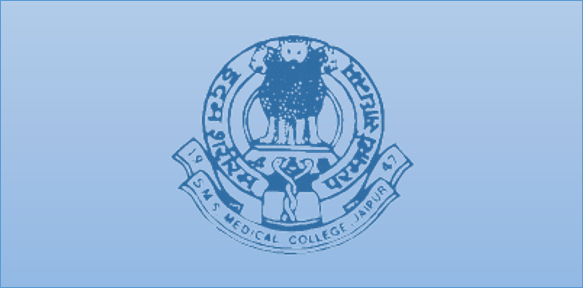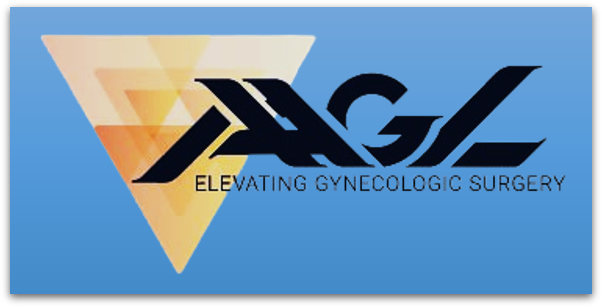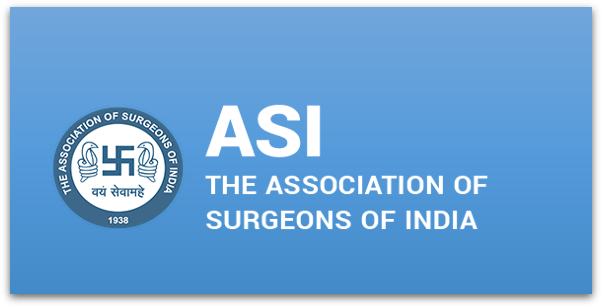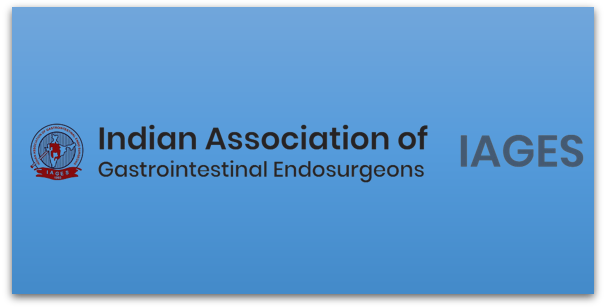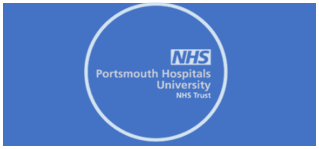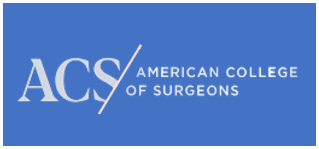





Connect with Dr. Vikrant, your trusted partner in care
Some of the gallbladder diseases are very common such as gallstones, inflammation, infection and blockages of the gallbladder. Gallbladder is basically a sack-like structure which is located just below the liver. The main function of gallbladder is to store and concentrate bile juices produced in the liver that helps in digestion of fats.
Some of the common gallbladder disease may include:
Gallstone is one of the most common gallbladder diseases. Stones are developed when substances such as cholesterol, bile salts, calcium and bilirubin form hard particles that block the passage of the gallbladder due to which the gallbladder doesn’t empty completely and loses its function. People who are overweight, have diabetes, have family history of gallstones, have crohn’s disease, cirrhosis and are older in age are usually at a greater risk of having gallstones.
Cholecystitis Cholecystitis is basically a type of gallbladder disease that is caused due to acute or chronic inflammation of the gallbladder. Generally, cholecystitis is caused due to gallstones and may result in other health related problems as well. People who suffer from this condition usually experience a lot of pain in the upper right side of the abdomen that may even radiate to other areas. One may also experience vomiting nausea, jaundice and fever as warning signs or symptoms of this disease. Whereas chronic cholecystitis is caused by severe attacks of acute cholecystitis that causes the gallbladder to shrink due to which it loses its function to store and release the bile. Waŕning signs of this condition usually include nausea, abdominal pain, vomiting etc And individuals suffering from it may even require surgery as a treatment.
Acalculous gallbladder disease
Acalculous gallbladder disease is a condition that causes inflammation of the gallbladder caused due to presence of gallstones. People who suffer from chronic illness and severe medical conditions are at greater risk of having this condition. People who have several physical trauma, heart surgery, severe burns, abdominal surgery, autoimmune disorder such as lupus, and bloodstream infections are usually at a greater risk of having acalculous gallbladder disease.
Gallbladder cancer
Gallbladder cancer is usually a rare disease but people who suffer from liver cancer may also suffer gallbladder cancer in later stages. Untreated gallstones are usually a common risk factor for gallbladder cancer. Gallbladder cancer in many cases spreads to inner walls of the gallbladder to the outer layer spreading on to the liver lymph nodes and other organs which is also known as metastasis of gallbladder cancer.
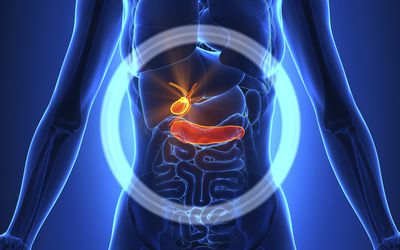
Bile duct diseases
Liver is responsible for making digestive juices known as bile, this is the. stored by the gallbladder. Then the bile juice is pushed to the bile duct which is required to carry it to the small intestine for breaking down fats. There are several conditions that block the passage of bile ducts which ultimately causes problems in flow of the bile. Gallstones usually cause a lot of pressure in the gallbladder that obstructs the flow of bile to the bile duct. Other conditions such as cancer, severe infection, birth defects such as biliary atresia and inflammation scarring usually cause gallbladder disease.
Some common symptoms
Symptoms of gallbladder and bile duct diseases can vary depending on the specific condition. However, common symptoms may include:
- Abdominal pain
- Nausea and vomiting
- Jaundice
- Fever and chills
- Changes in stool color
- Dark urine
- Bloating and indigestion
- Heartburn or acid reflux
- Itching
If you are genuinely concerned about your health
Don’t hesitate to connect with Dr. Vikrant. He will provide the best consultation and offer the right treatment tailored to your health needs

Most popular and trending Questions
How does robotic surgery compare to traditional (open) surgery and laparoscopic surgery?
Robotic surgery offers advantages over traditional open surgery and laparoscopic surgery by providing enhanced precision, dexterity, and visualization, while also reducing incision size and patient recovery time
What are the benefits and risks of robotic surgery?
The benefits of robotic surgery include improved surgical outcomes, reduced pain and scarring, shorter hospital stays, and quicker recovery. However, there are potential risks such as longer operating times, costs, and technical limitations
Which surgical procedures can be performed using robotic technology?
Robotic technology can be used for a wide range of surgical procedures across various specialties, including urology, gynecology, general surgery, and cardiothoracic surgery
How does robotic surgery enhance precision and minimize invasiveness?
Robotic surgery enhances precision by offering 3D visualization, wristed instruments that mimic hand movements, and tremor filtration, while also minimizing invasiveness through smaller incisions
What training and qualifications are required for surgeons to perform robotic procedures?
Surgeons undergo specialized training and certification to perform robotic procedures, which includes simulation training, proctoring, and hands-on experience under supervision
How does robotic surgery impact patient recovery time and outcomes?
Robotic surgery can lead to shorter hospital stays, reduced pain, faster recovery, and improved cosmetic outcomes for patients, resulting in overall better outcomes compared to traditional surgery
What is the cost associated with robotic surgery compared to other surgical approaches?
The cost of robotic surgery includes expenses related to equipment, maintenance, and training, which may be higher than traditional surgical approaches. However, the potential benefits may outweigh the costs in terms of improved outcomes and reduced complications
What advancements are being made in robotic surgical technology?
Advancements in robotic surgical technology include improved imaging capabilities, ergonomic enhancements for surgeons, integration with artificial intelligence, and miniaturization of robotic platforms
Are there any limitations or challenges associated with robotic surgery?
Challenges in robotic surgery include high costs, limited availability in some regions, technical complexities, and the need for ongoing training and maintenance.
What is the future outlook for robotic surgery, and how will it continue to evolve?
The future of robotic surgery holds promise for continued innovation and advancement, with potential developments in remote surgery, telesurgery, nanorobotics, and personalized surgical approaches

